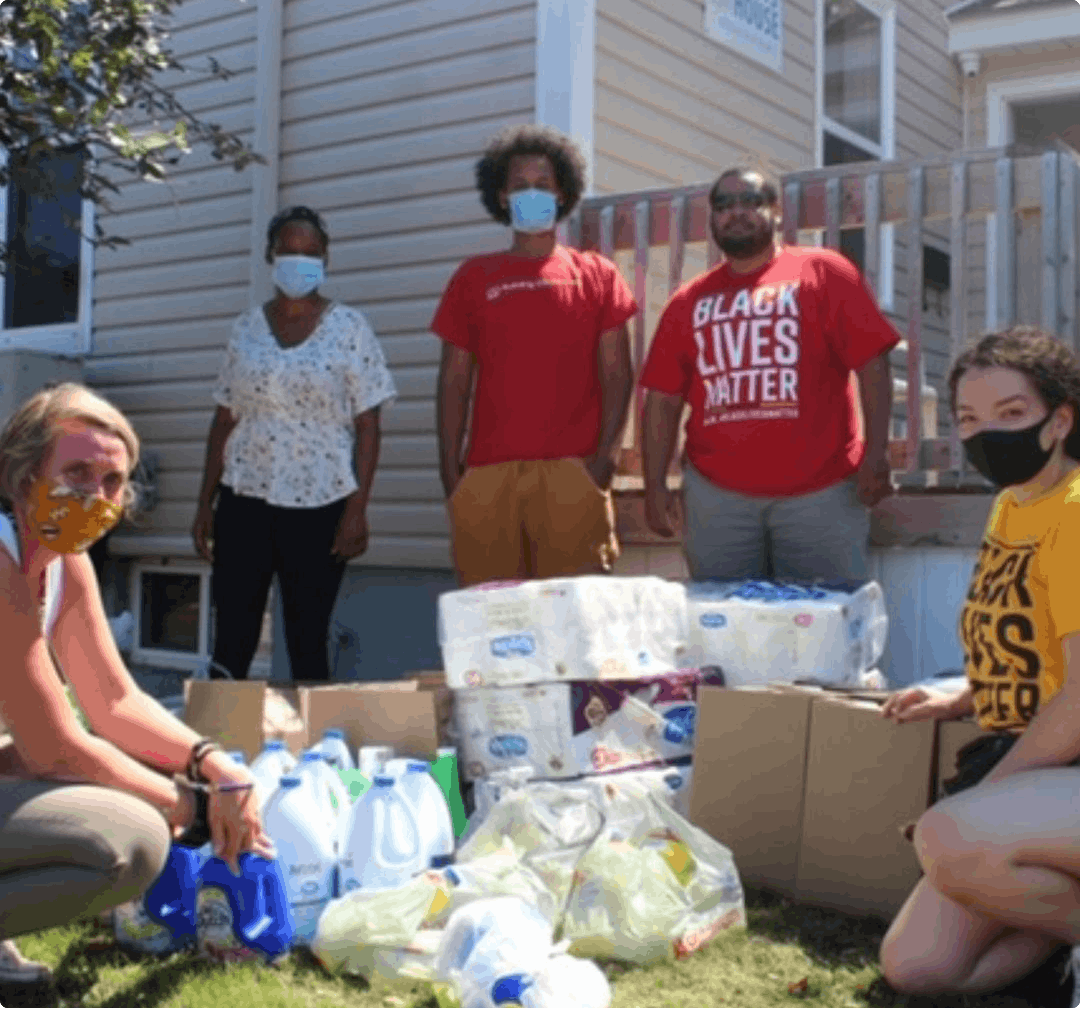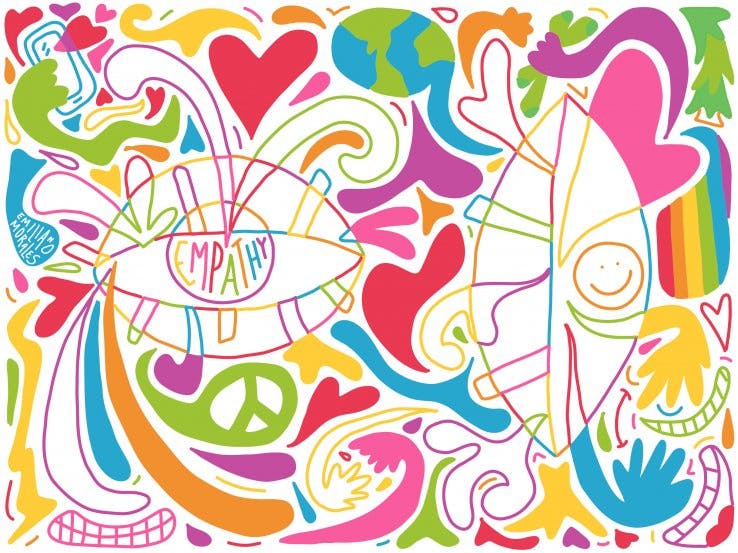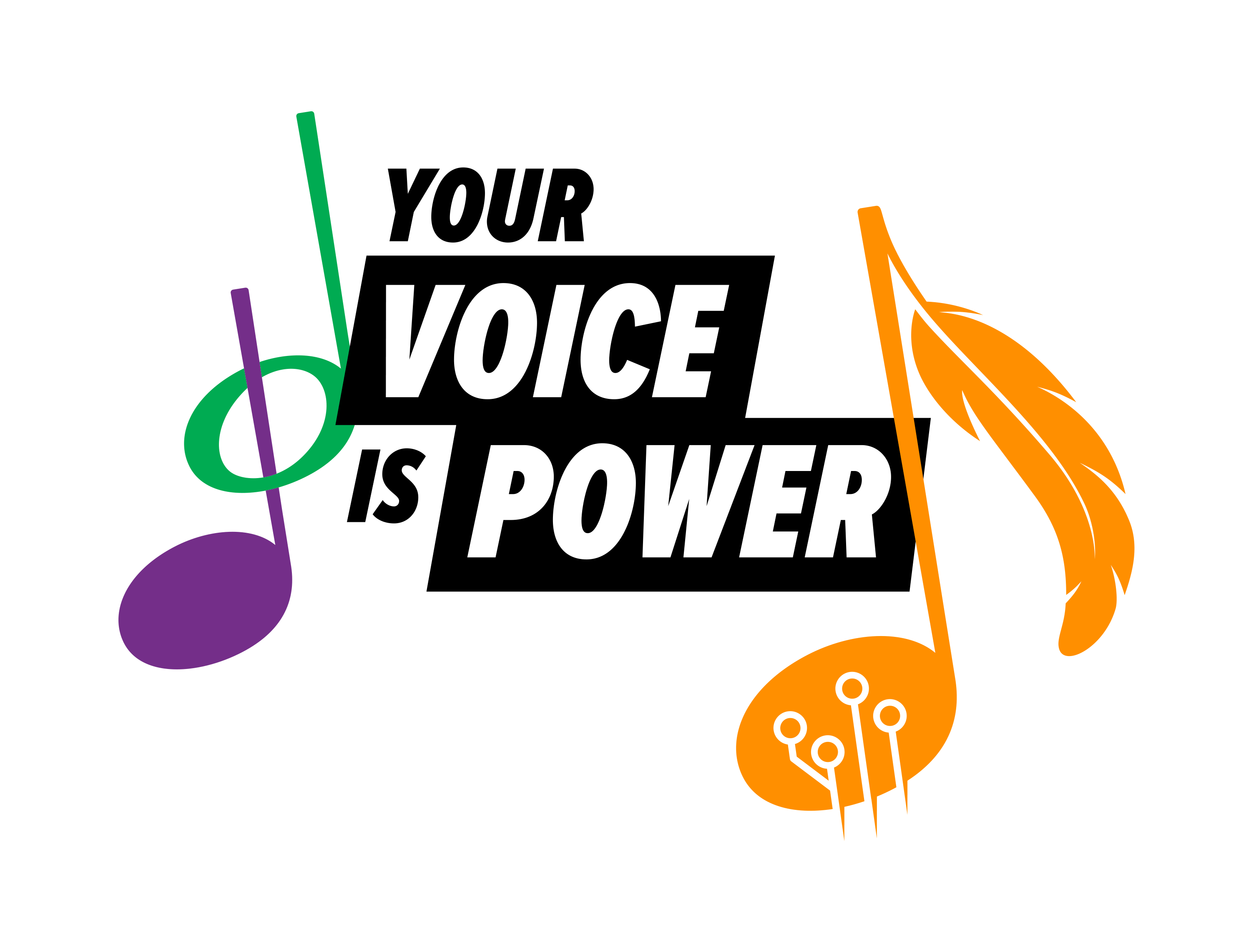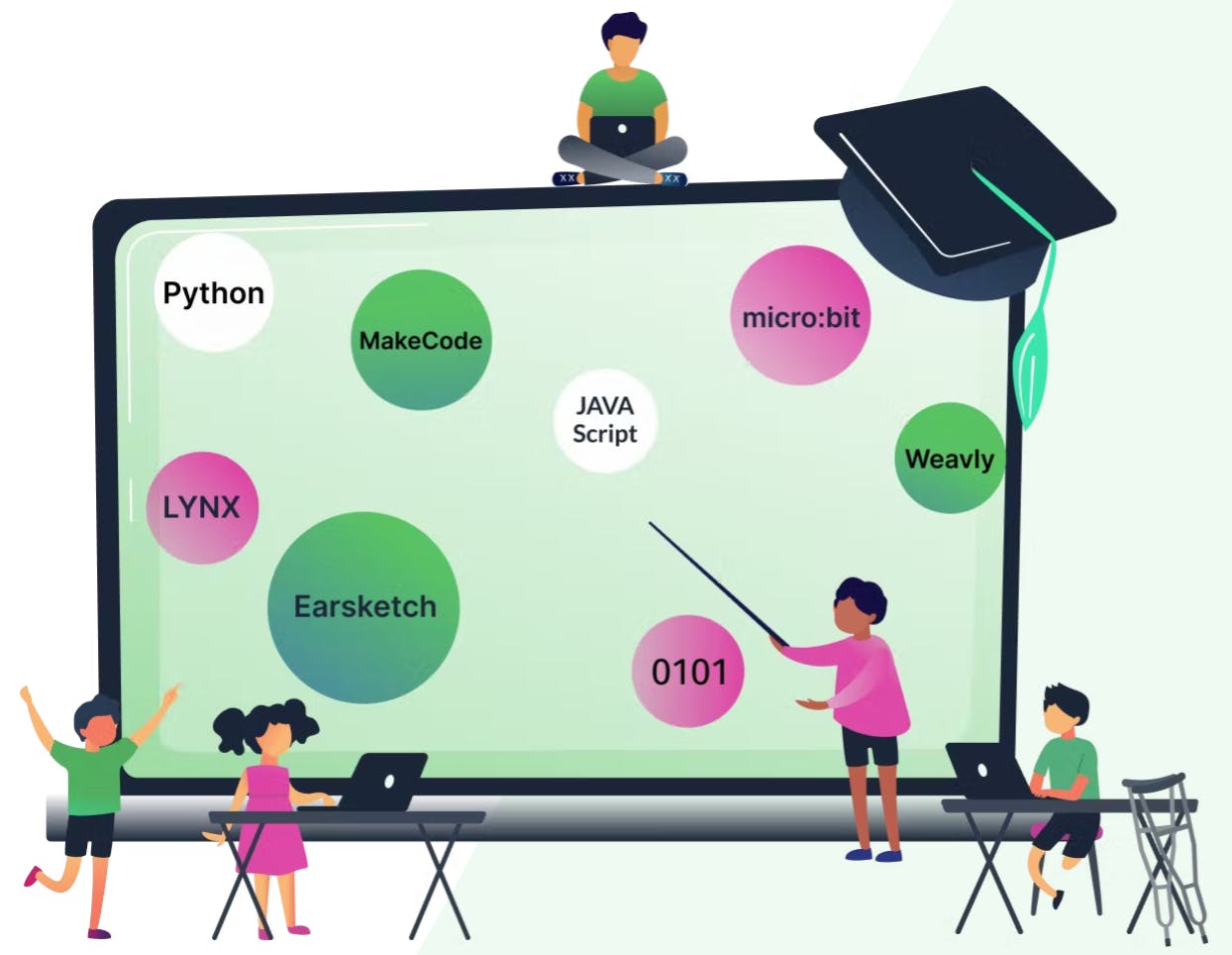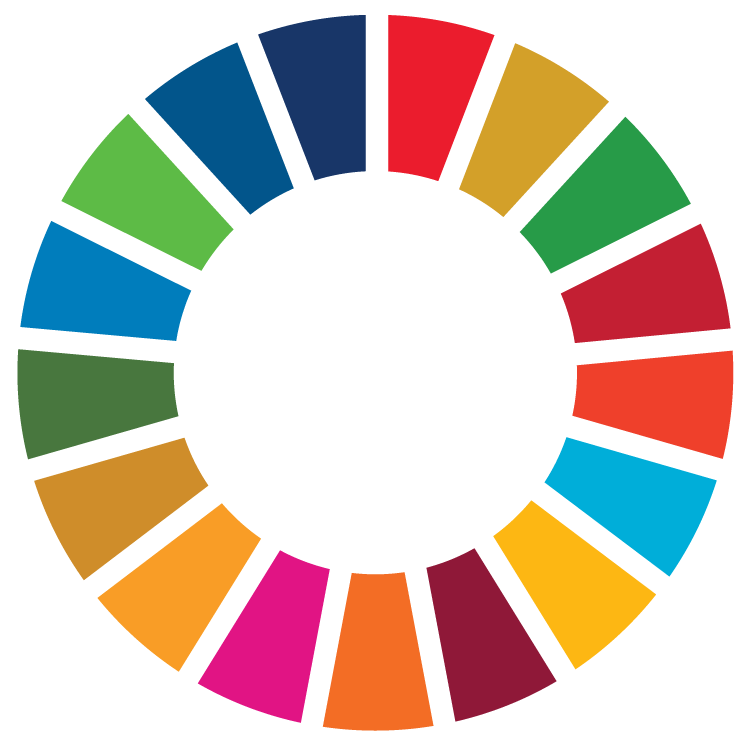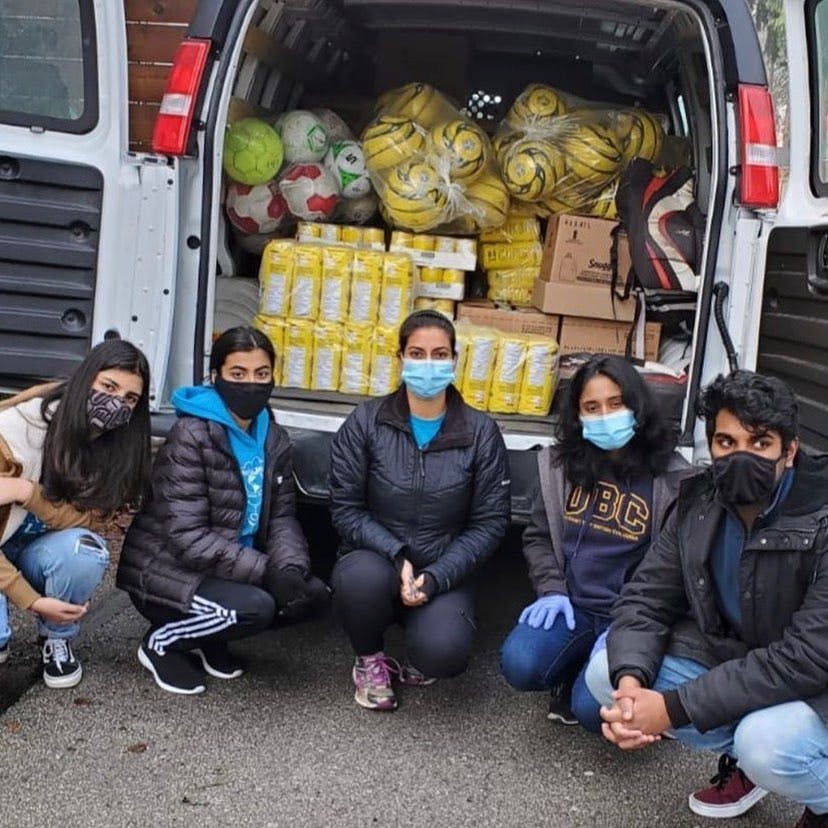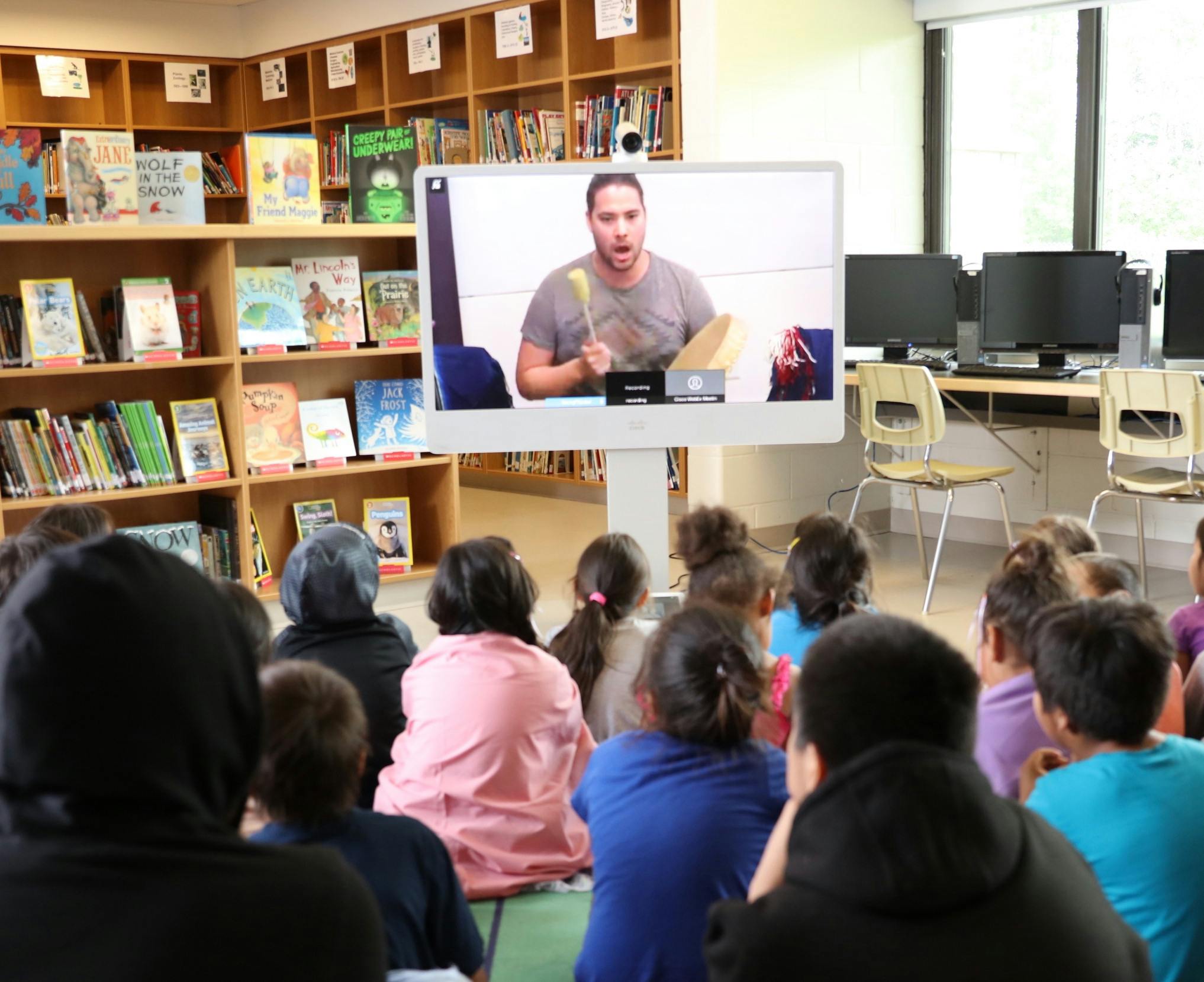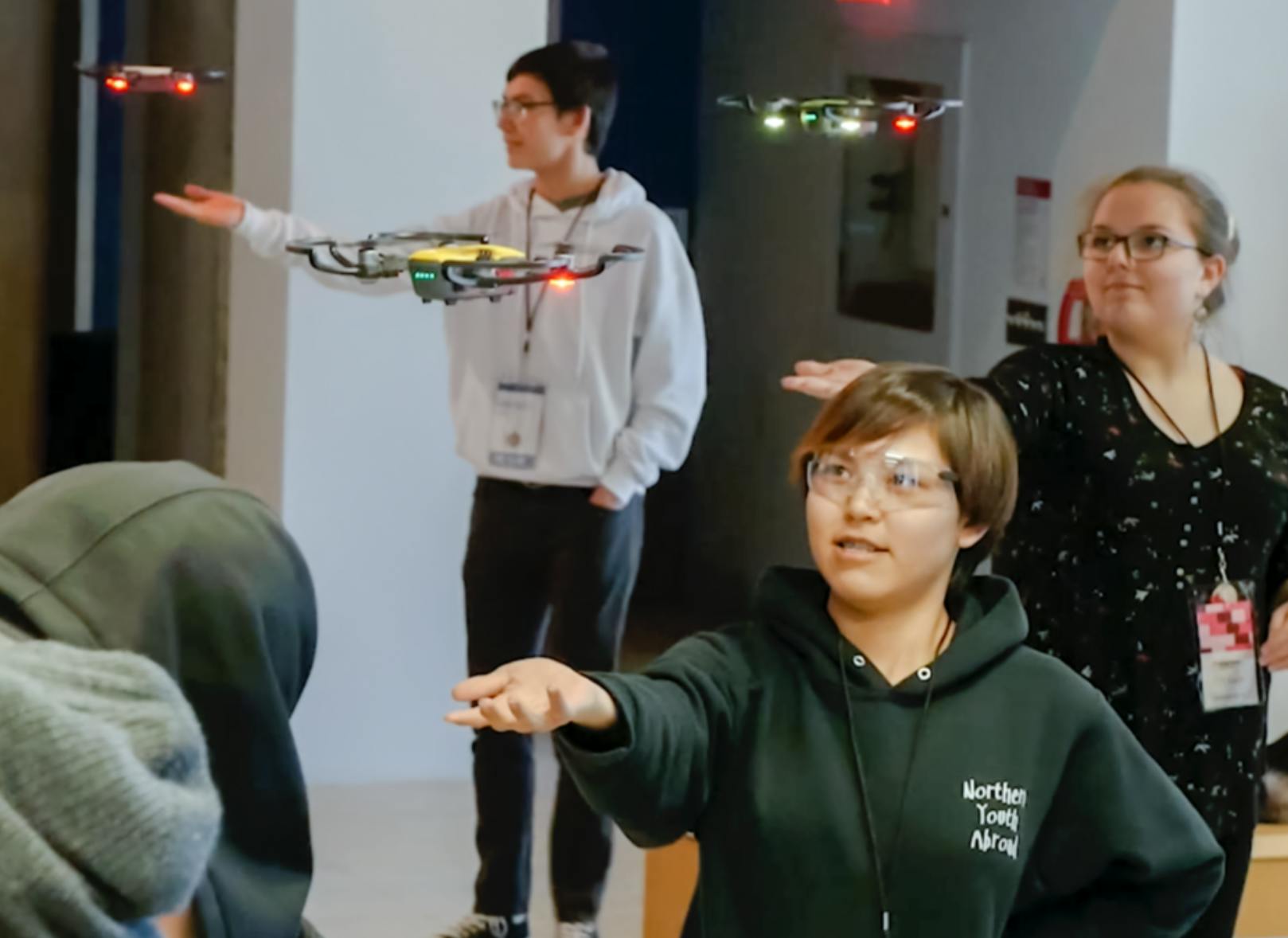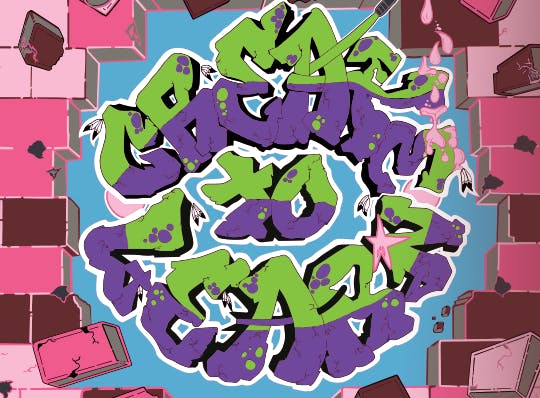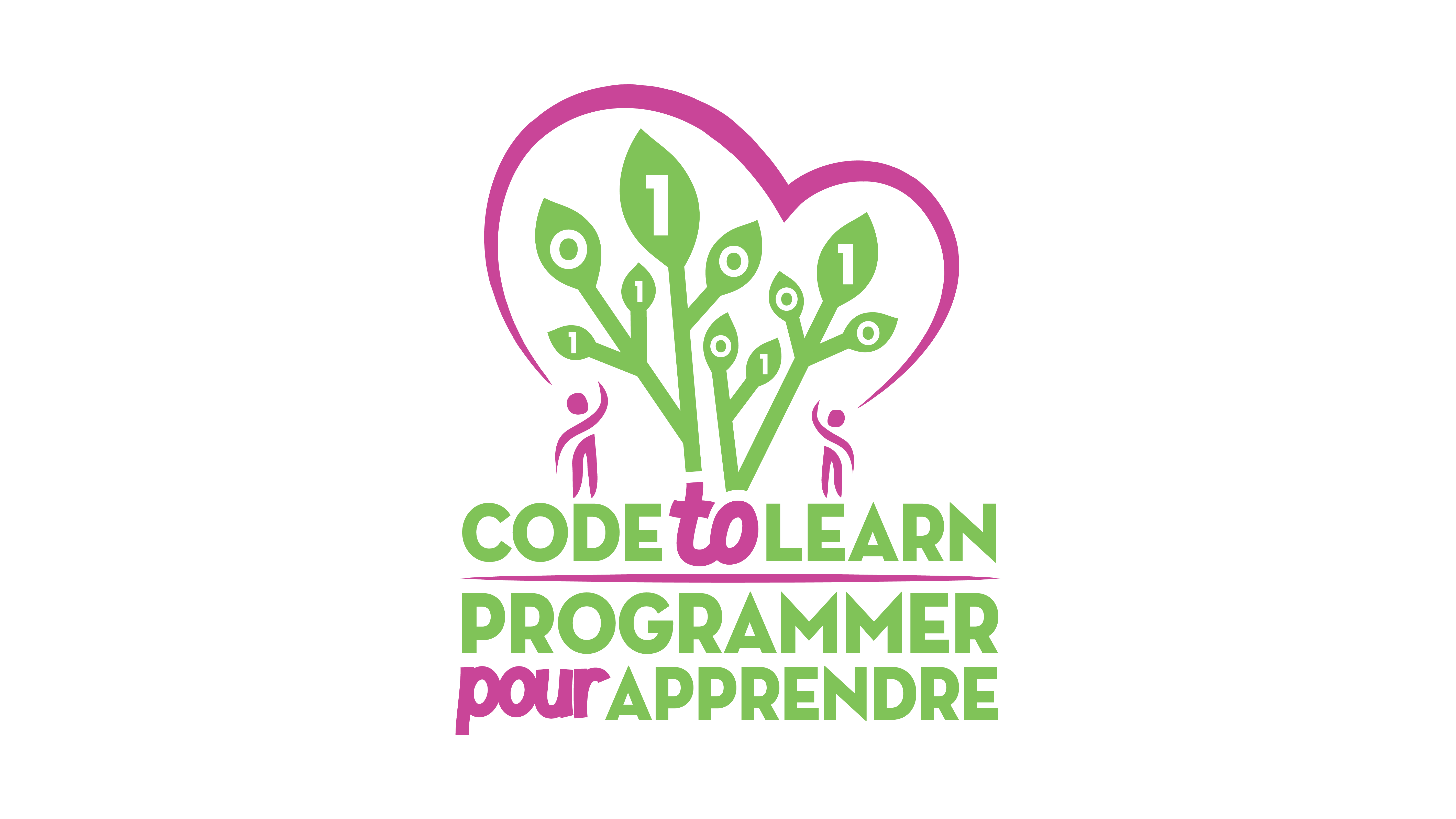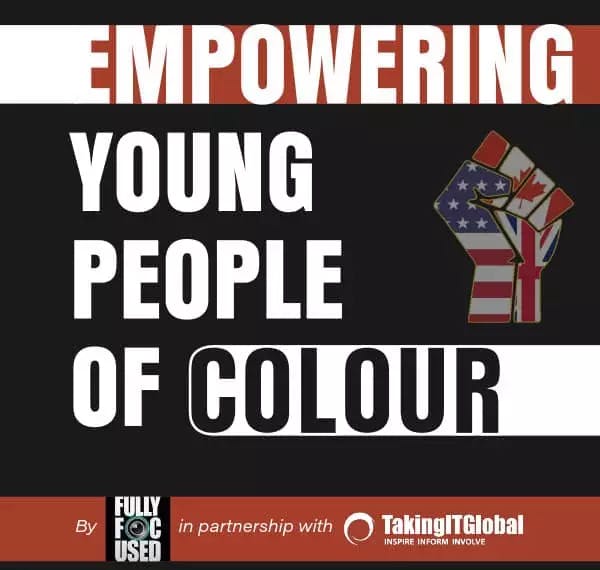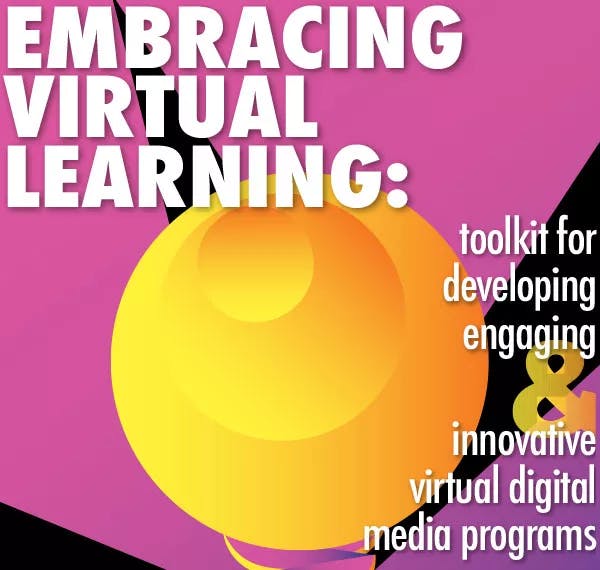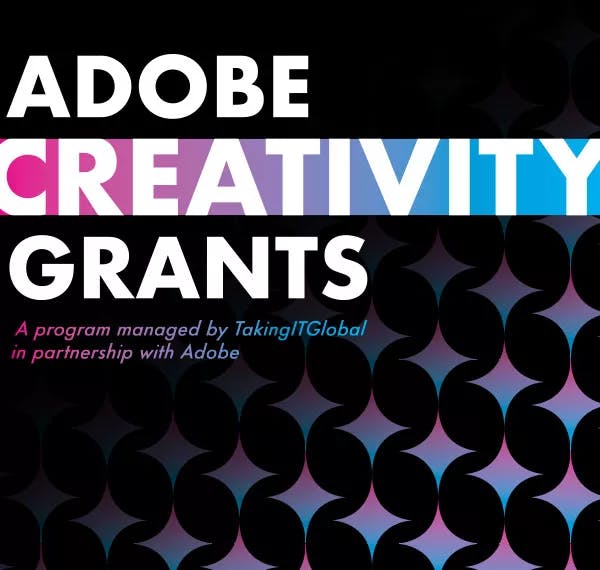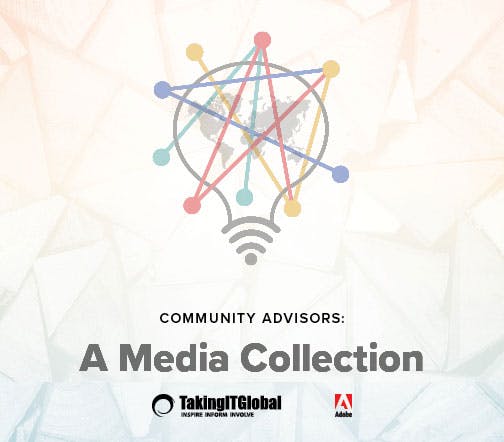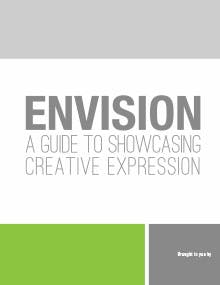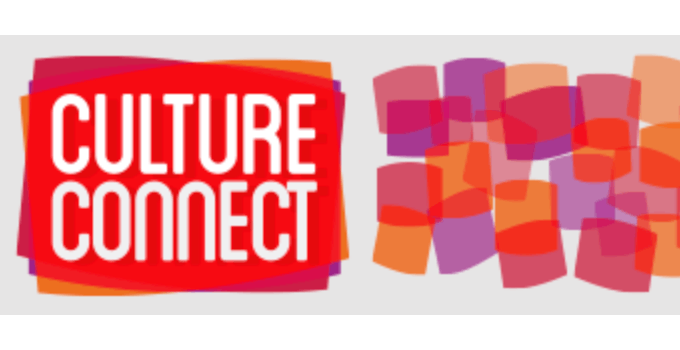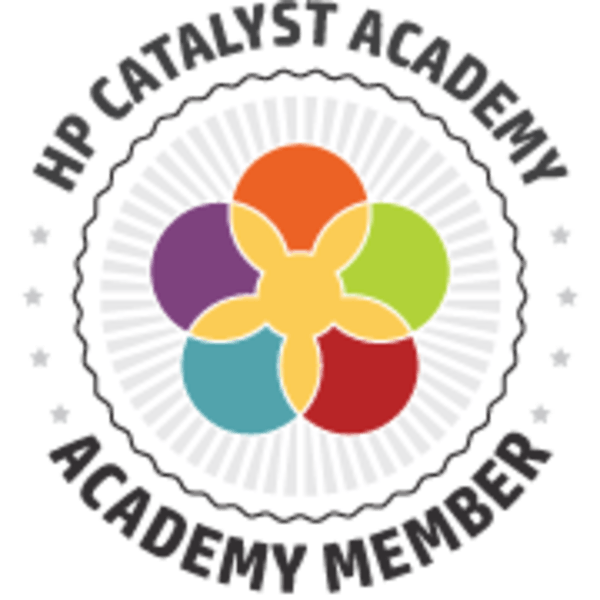Across Canada, Indigenous and other underrepresented youth face systemic barriers to accessing opportunities in computer science. Coding is one of the most in-demand skills of the 21st century, yet many students in remote and marginalized communities lack access to culturally relevant and engaging STEM education. The gaps are significant: while 91% of non-Indigenous youth complete high school, only 64% of First Nations, 83% of Métis, and 47% of Inuit youth reach this milestone (Statistics Canada). At the same time, Indigenous youth represent the fastest-growing population of young people in the country, with the number of Indigenous youth aged 15 to 30 increasing by 39% between 2006 and 2016 (Statistics Canada). Without intentional investment, these inequities risk excluding Indigenous and underrepresented youth from the innovation economy.
Schools serving Indigenous and underrepresented youth often face challenges such as high teacher turnover, limited access to computer science educators, and a lack of resources that reflect students’ cultures and lived experiences. Research shows that students are more engaged when they see their identities and communities represented in learning. The Your Voice is Power program responds by making coding accessible through music, creativity, and cultural expression—showing students that coding is not only a valuable career skill but also a powerful tool for storytelling, self-determination, and social change. By bridging the gap between technology and culture, the program empowers Indigenous and underrepresented youth to amplify their voices and thrive in the digital age.


